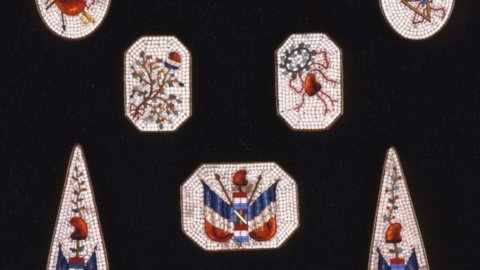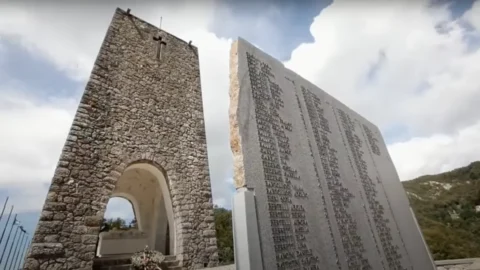In particular, the republican government needed to invent new ones public ceremonies. For the revolutionary festivals, a Capitoline transposition of the French ones, detailed programs were drawn up, full of symbols and references to the republican centuries of ancient Rome, and impressive ephemeral apparatuses were created, in which architects, painters and sculptors collaborated.
The visual memory of these events, today entrusted almost exclusively to the graphic evidence (drawings and prints) conserved in the NAPOLEONIC MUSEUM, is presented to the public in the exhibition “WHEN ROME SPEAKED FRENCH. Festivities and monuments of the first Roman Republic (1798-1799) in the collections of the Napoleonic Museum”, from 11 December 2015 to 13 March 2016 – sponsored by Rome Capital-Capitoline Superintendency for Cultural Heritage and curated by Marco Pupillo, with the organization of Zètema Progetto Cultura.
It is a unique collection in the public or private collecting panorama, in which the large amount of preparatory material contained offers the extraordinary opportunity to attend a sort of virtual visit in the engraver's workshop, following the creative process of some works from the drawing preliminary to the subsequent author's proofs up to the definitive printing. The great rarity of these illustrations with a strong political connotation is probably a consequence of their destruction during the subsequent Restoration.
The fund, only partially published so far, includes, among others, works by staunch Jacobins such as David-Pierre Humbert de Superville, Giuseppe Ceracchi, Sebastiano Ittar and Paolo Bargigli, forced to emigrate after the end of the Republic, as well as by artists who instead continued to work in the pope's city as the architect Giuseppe Camporese and the engraver Tommaso Piroli.
The exhibition itinerary is divided into two rooms. Alongside the graphic evidence on display, you will see a very rare series of pendants with revolutionary emblems, never before exhibited in Italy, made with the peculiar Roman technique of micromosaic.
With this exhibition, the Napoleonic Museum continues its policy of enhancing the material stored in the deposits, normally not usable by the public of visitors. The exhibition is part of a larger project dedicated to the years of French influence on the Eternal City (1798-99, 1809-14), to which other exhibitions will be dedicated in the coming years.
The itinerary follows the unfolding of the festivities in order chronological: one section is dedicated to monument projects (none of which was actually built); another presents the successive stages of making the printed illustrations.





